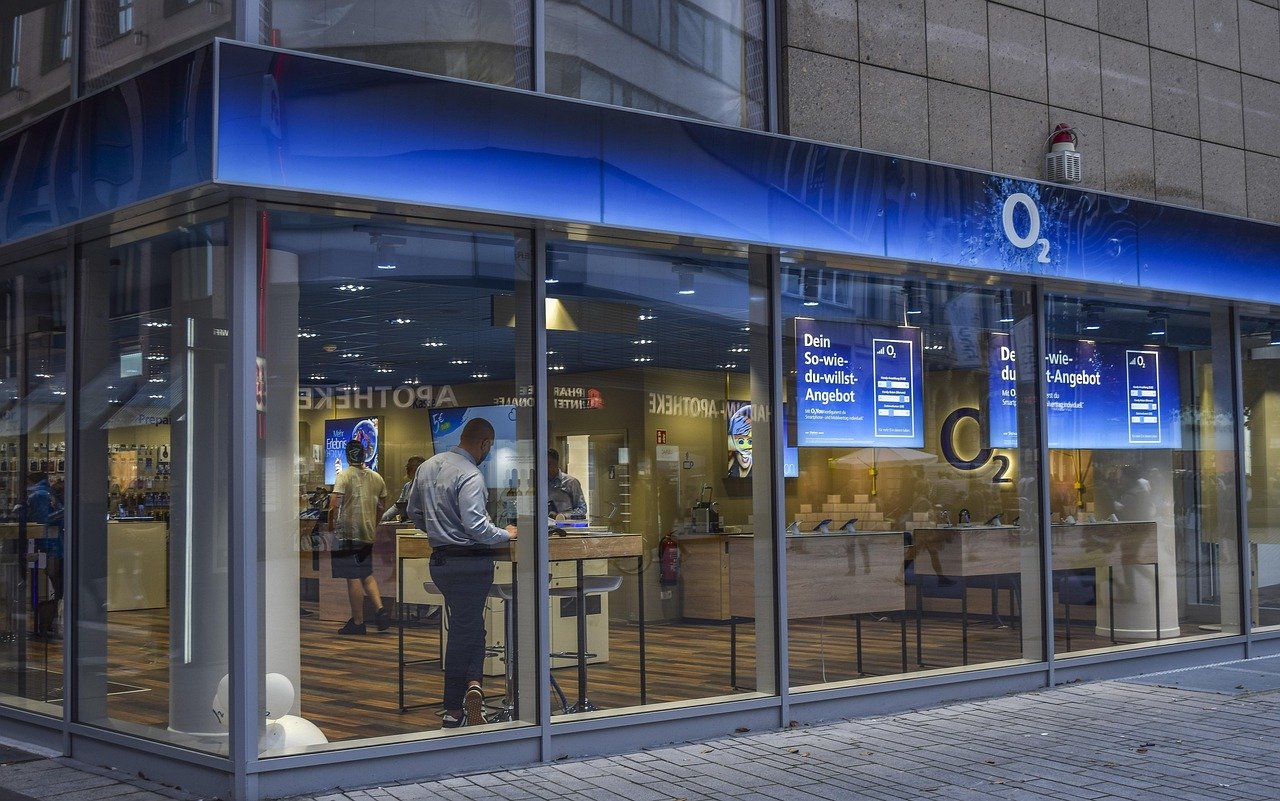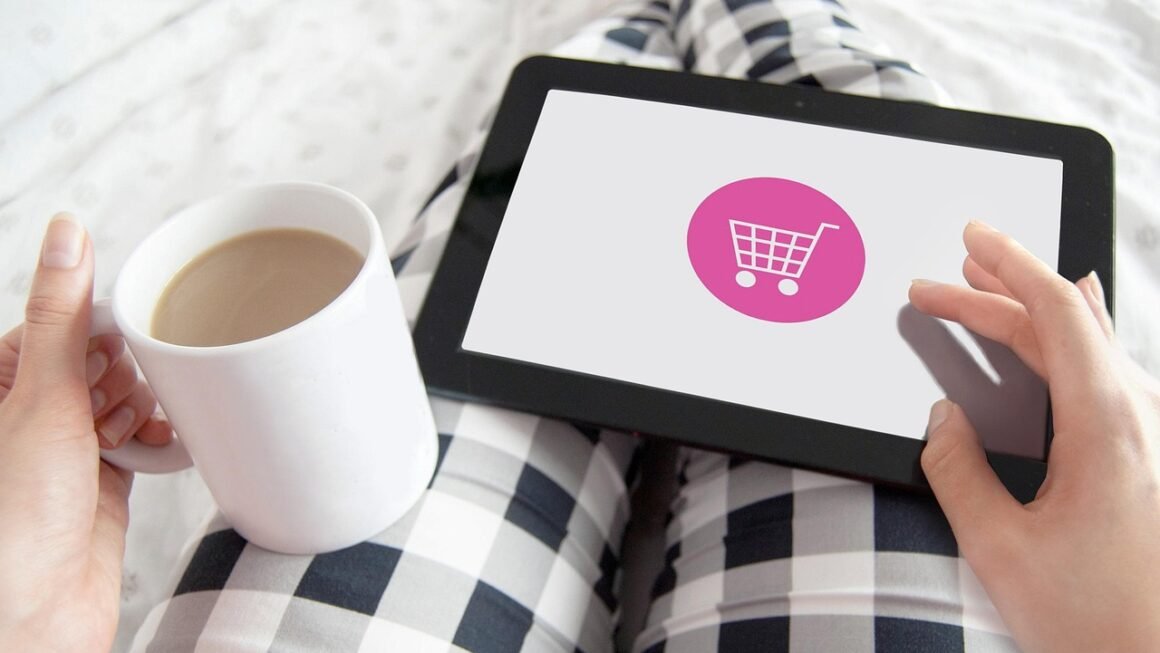Upselling. It’s more than just asking “Would you like fries with that?” It’s a strategic sales technique designed to increase revenue, improve customer satisfaction, and foster long-term relationships. When done correctly, upselling enhances the customer’s experience by offering valuable additions and upgrades they might not have initially considered. This guide will delve into the art and science of upselling, providing actionable strategies and real-world examples to help you boost your sales and delight your customers.
What is Upselling and Why is it Important?
Defining Upselling
Upselling is a sales technique where a seller encourages a customer to purchase a more expensive, upgraded, or premium version of the item they’ve selected or are already considering purchasing. It focuses on offering enhanced features, better quality, or a more comprehensive package that adds value for the customer.
Benefits of Effective Upselling
- Increased Revenue: Upselling directly contributes to higher sales figures by increasing the average transaction value.
- Improved Customer Satisfaction: Offering relevant upgrades that meet the customer’s needs enhances their overall experience and satisfaction.
- Stronger Customer Loyalty: When customers feel valued and understood, they are more likely to return for future purchases.
- Better Inventory Management: Strategically upselling products with higher profit margins can optimize inventory levels and boost profitability.
- Enhanced Customer Lifetime Value (CLTV): By providing superior solutions, you increase the likelihood of repeat business and higher spending over time.
Real-World Example
Imagine a customer purchasing a standard laptop. A well-executed upsell might involve suggesting a model with a faster processor, more memory, or a larger screen. The salesperson would emphasize how these upgrades would improve performance, enhance productivity, and extend the laptop’s lifespan, ultimately providing a better value for the customer.
Understanding Your Customer’s Needs
The Importance of Customer Profiling
To effectively upsell, you need to understand your customers. This involves:
- Demographics: Age, location, income, education.
- Psychographics: Interests, values, lifestyle.
- Purchase History: Past purchases, spending habits, preferred products.
- Behavioral Data: Website activity, engagement with marketing campaigns.
This data helps you create detailed customer profiles, allowing you to tailor your upselling efforts to their specific needs and preferences.
Identifying Opportunities for Upselling
Look for opportunities where an upgrade or add-on can genuinely benefit the customer. Consider:
- Pain Points: What problems are they trying to solve with their initial purchase?
- Desired Outcomes: What are they hoping to achieve with the product or service?
- Potential Challenges: What obstacles might they encounter in using the product or service?
By addressing these factors, you can identify relevant upselling opportunities that resonate with the customer’s needs.
Example: Software Upselling
A customer purchasing basic accounting software might benefit from an upsell to a premium version with features like automated reporting, advanced analytics, or multi-user access. By understanding their business needs and growth aspirations, you can demonstrate how these upgrades will streamline their operations and improve their financial management.
Strategies for Effective Upselling
Offer Relevant and Valuable Upgrades
The key to successful upselling is to offer upgrades that provide genuine value to the customer. Avoid pushing irrelevant or overpriced products that could damage your reputation.
- Focus on Benefits, Not Features: Highlight how the upgrade will improve their experience, solve their problems, or help them achieve their goals.
- Personalize Your Recommendations: Tailor your suggestions to the customer’s specific needs and preferences.
- Offer a Demo or Trial: Allow customers to experience the benefits of the upgrade firsthand.
- Bundle Products: Create packages that combine complementary products or services at a discounted price.
Timing is Crucial
The timing of your upsell can significantly impact its success. Consider these strategies:
- Before Purchase: Offer upgrades during the initial browsing or selection process.
- During Checkout: Suggest add-ons or accessories that complement the initial purchase.
- Post-Purchase: Offer upgrades or premium services to enhance the customer’s experience after they’ve received their product.
Using Social Proof
Leverage social proof to build trust and credibility.
- Customer Testimonials: Share positive feedback from other customers who have benefited from the upgrade.
- Ratings and Reviews: Highlight high ratings and positive reviews for the upgraded product or service.
- Case Studies: Present real-world examples of how the upgrade has helped other customers achieve specific results.
Example: E-commerce Upselling
An e-commerce store selling cameras could upsell by offering a higher-resolution camera with better image stabilization during the product selection phase. During checkout, they could suggest additional lenses, tripods, or memory cards. Post-purchase, they could offer an extended warranty or photography training course.
Avoiding Common Upselling Mistakes
Being Too Pushy
Aggressive or overly persistent upselling can alienate customers and damage your brand reputation.
- Focus on Providing Value: Offer helpful suggestions without pressuring the customer to buy.
- Respect Their Decision: Accept their answer gracefully if they decline the upsell.
- Avoid Deceptive Practices: Be transparent about the features, benefits, and pricing of the upgrade.
Ignoring Customer Needs
Offering irrelevant or unnecessary upgrades can frustrate customers and make them feel like you’re only interested in making a sale.
- Listen to the Customer: Understand their needs, preferences, and goals before making any recommendations.
- Offer Relevant Solutions: Tailor your upselling efforts to their specific situation.
- Avoid Generic Pitches: Personalize your approach and demonstrate that you understand their unique requirements.
Neglecting Training
Failing to adequately train your sales team can lead to inconsistent or ineffective upselling efforts.
- Provide Product Knowledge: Ensure your team has a thorough understanding of the products and services they’re selling.
- Teach Effective Communication Skills: Train them to communicate the benefits of the upgrade in a clear and compelling manner.
- Practice Role-Playing: Conduct role-playing exercises to simulate real-world upselling scenarios.
Example: Avoiding a Pushy Approach
Instead of saying, “You should really upgrade to the premium version because it’s much better,” try saying, “Many of our customers find the premium version with its enhanced features to be incredibly helpful for [specific task]. Would you like to learn more about how it could benefit you?”
Measuring and Optimizing Your Upselling Efforts
Key Performance Indicators (KPIs)
Track the following KPIs to measure the effectiveness of your upselling strategies:
- Upsell Conversion Rate: The percentage of customers who accept the upsell offer.
- Average Order Value (AOV): The average amount spent per transaction.
- Revenue from Upsells: The total revenue generated from upselling efforts.
- Customer Satisfaction (CSAT): Customer satisfaction scores related to the upselling experience.
- Customer Lifetime Value (CLTV): The total revenue a customer is expected to generate throughout their relationship with your company.
A/B Testing
Experiment with different upselling strategies to identify what works best for your target audience.
- Test Different Offers: Try different upgrades, bundles, and pricing strategies.
- Test Different Timing: Experiment with offering upsells at different stages of the customer journey.
- Test Different Messaging: Refine your messaging to highlight the benefits that resonate most with your customers.
Continuous Improvement
Regularly review your upselling performance and make adjustments as needed.
- Analyze Your Data: Identify trends, patterns, and areas for improvement.
- Gather Feedback: Solicit feedback from customers and sales team members.
- Stay Up-to-Date: Keep abreast of the latest upselling best practices and industry trends.
Example: E-commerce A/B Testing
An e-commerce store could A/B test two different upselling strategies: one that offers a discount on an upgraded product and another that offers a free accessory. By tracking the conversion rates and average order values for each strategy, they can determine which approach is most effective.
Conclusion
Upselling is a powerful tool for driving revenue, improving customer satisfaction, and building long-term relationships. By understanding your customers’ needs, offering relevant and valuable upgrades, and avoiding common mistakes, you can create a win-win situation where both your business and your customers benefit. Remember to continuously measure and optimize your efforts to maximize your results. When implemented strategically, upselling becomes an integral part of a successful sales strategy, driving sustainable growth and enhancing customer loyalty.



